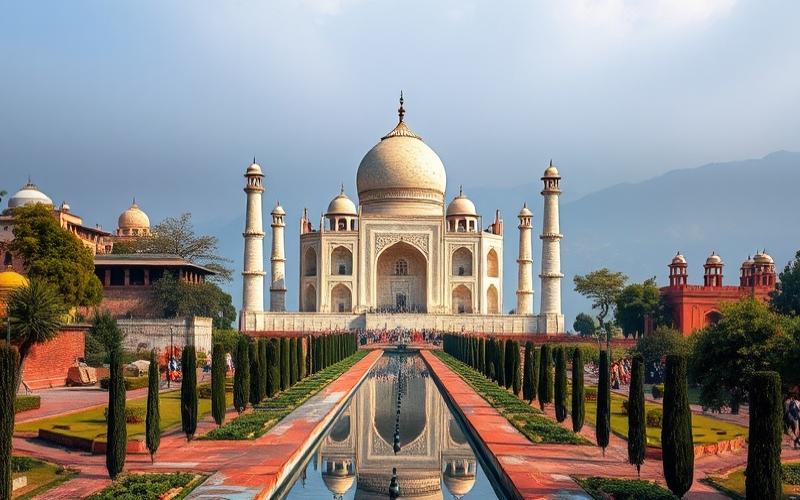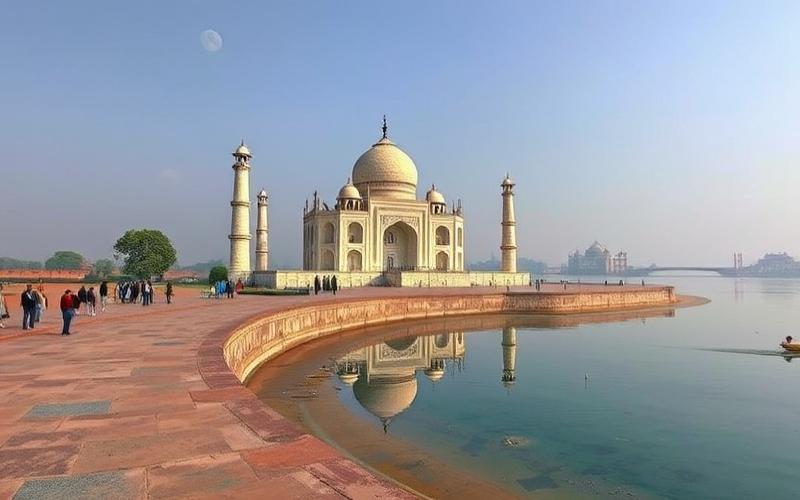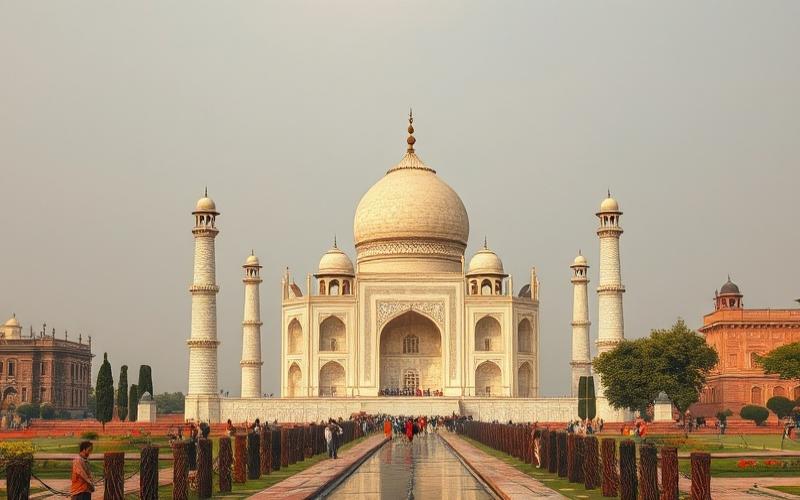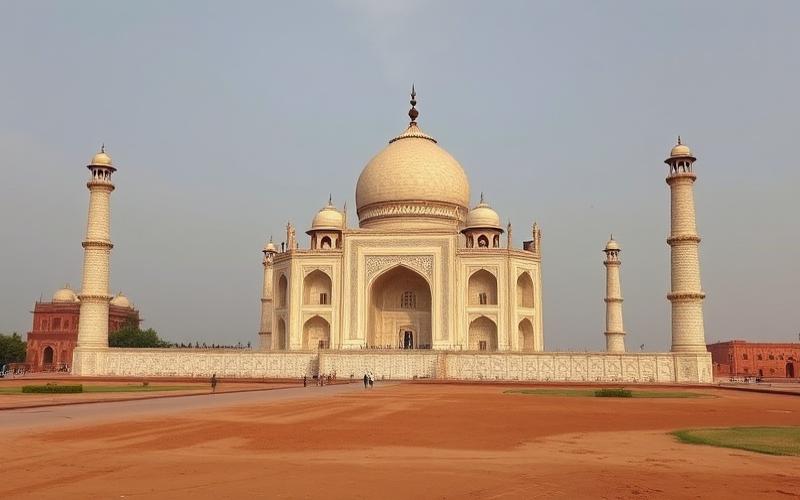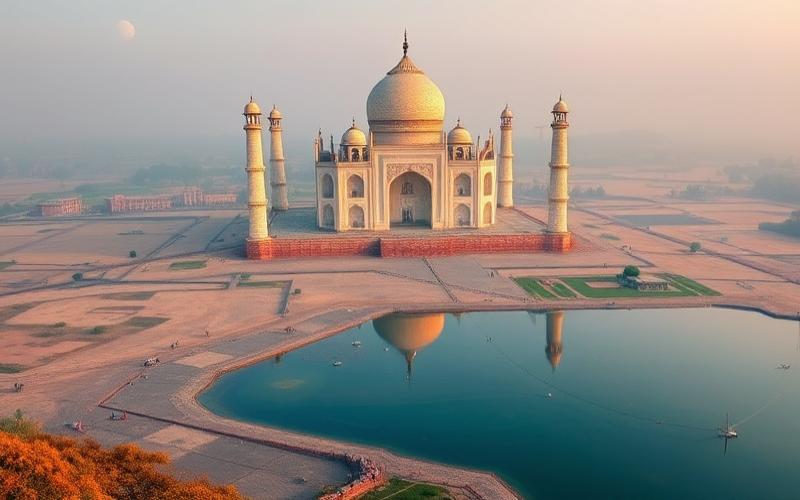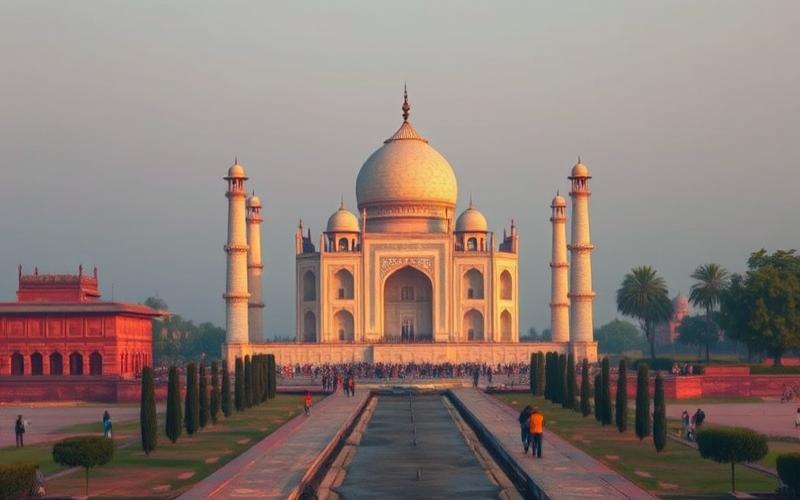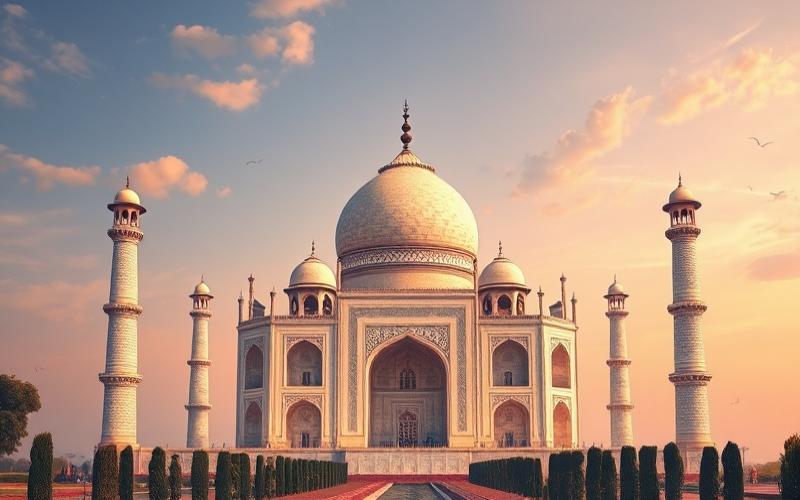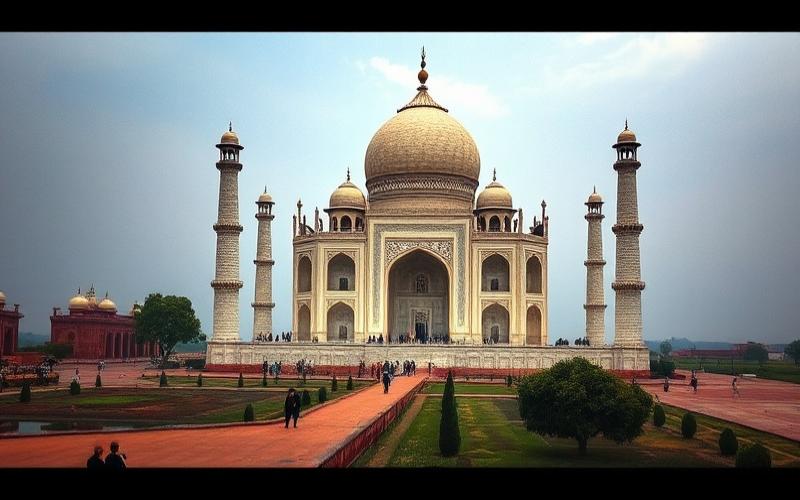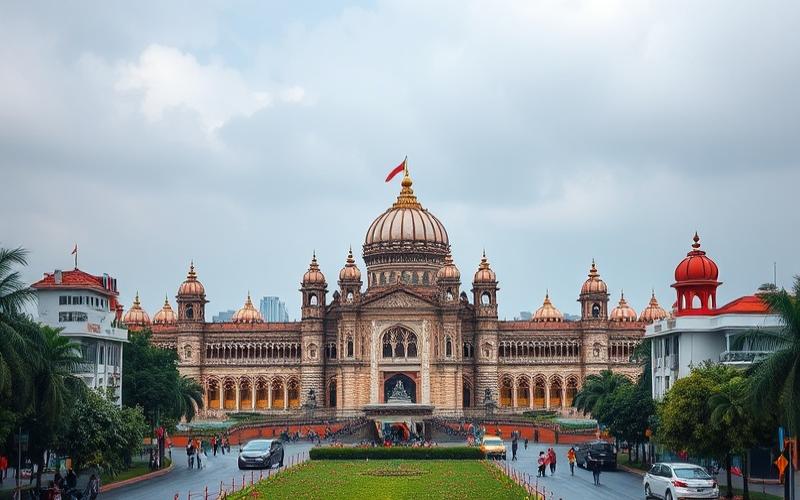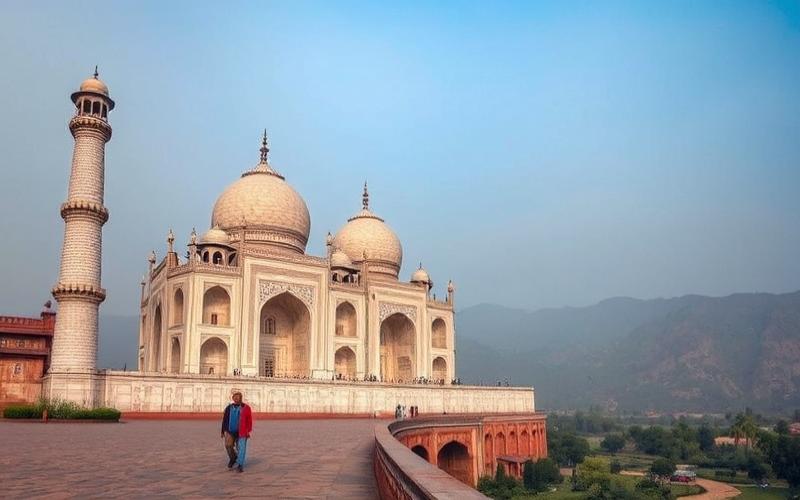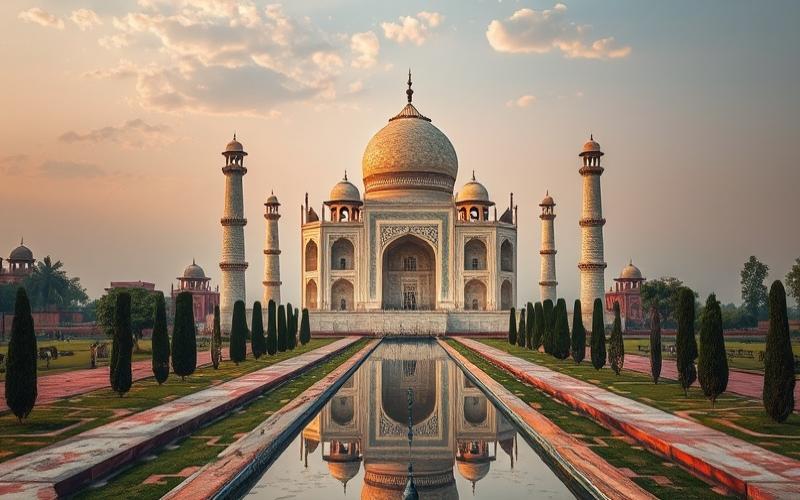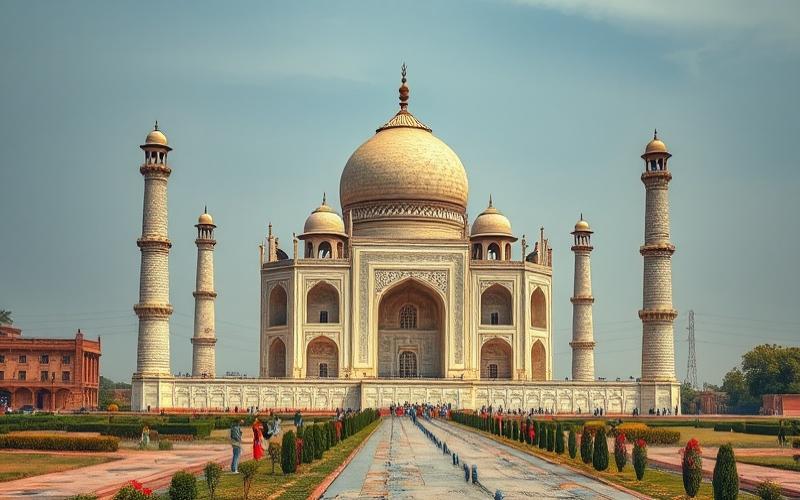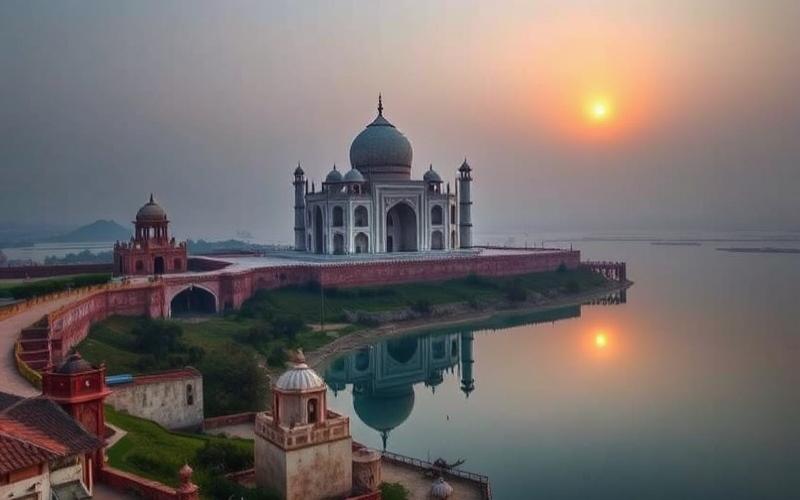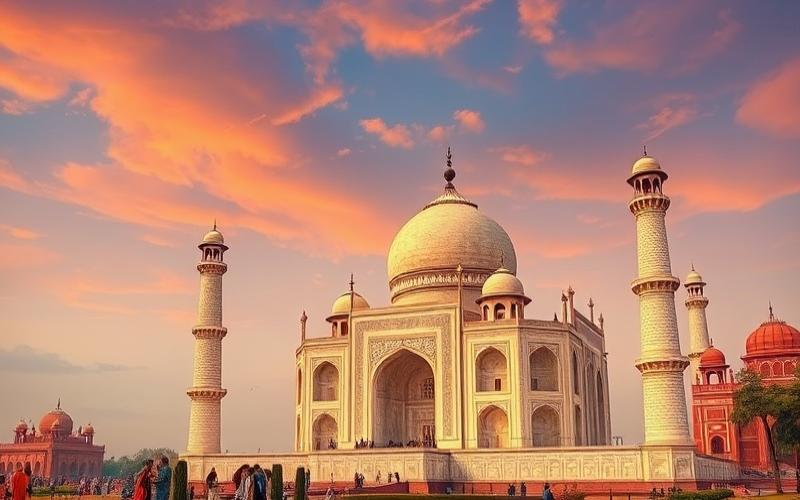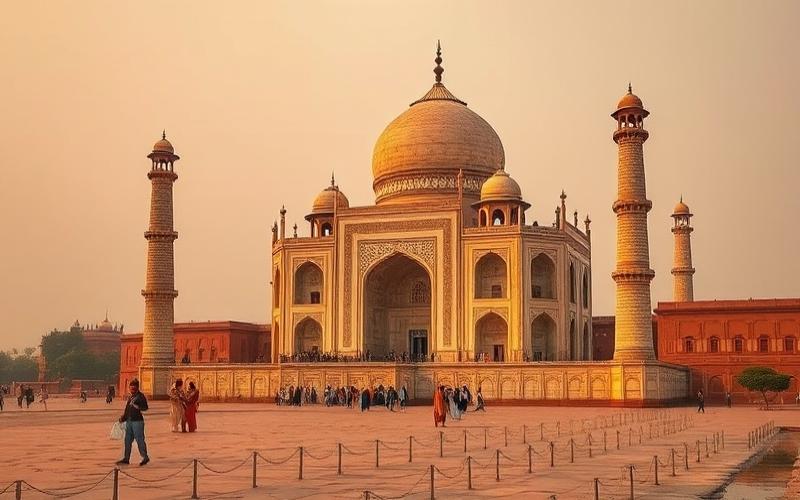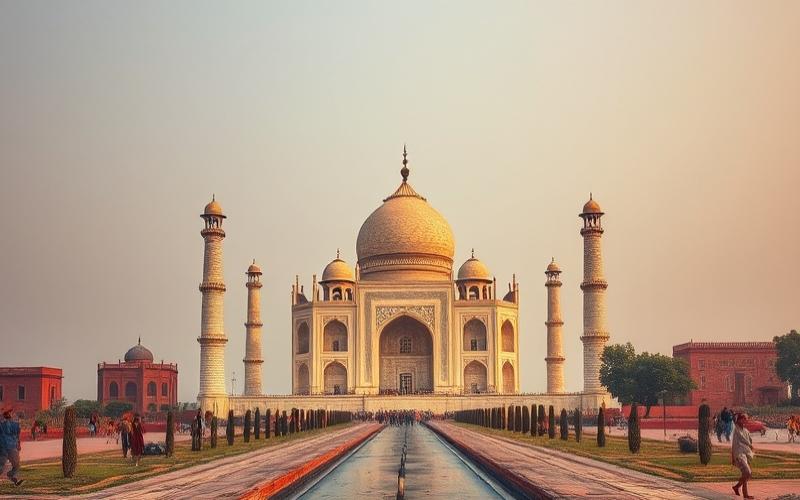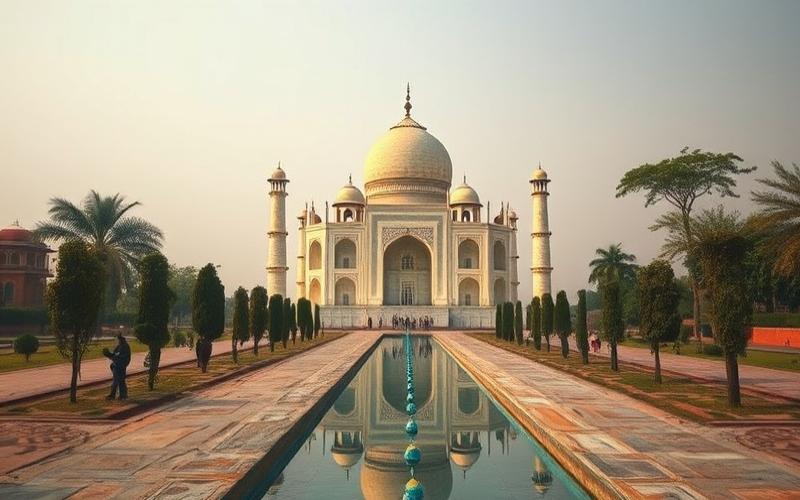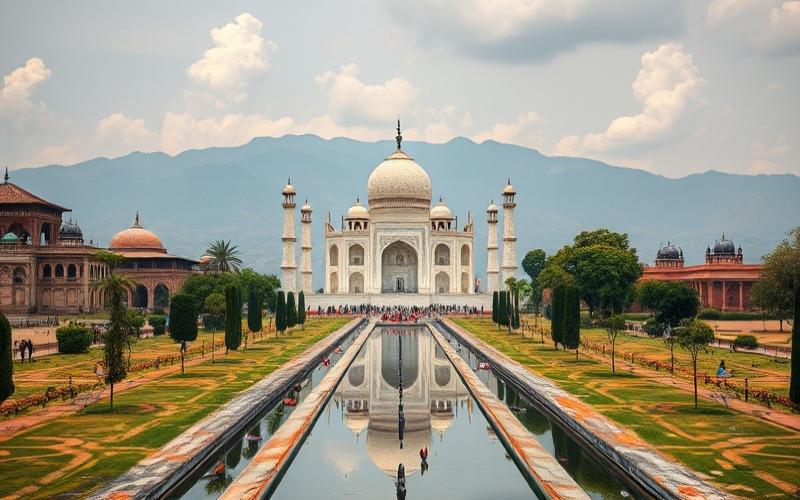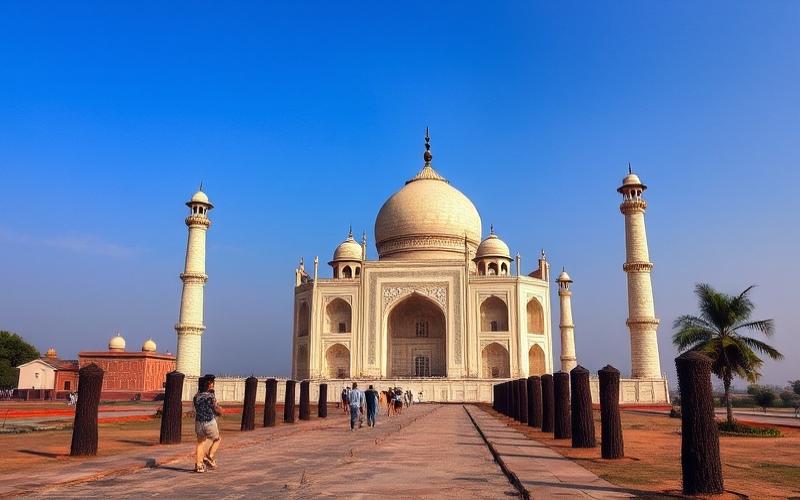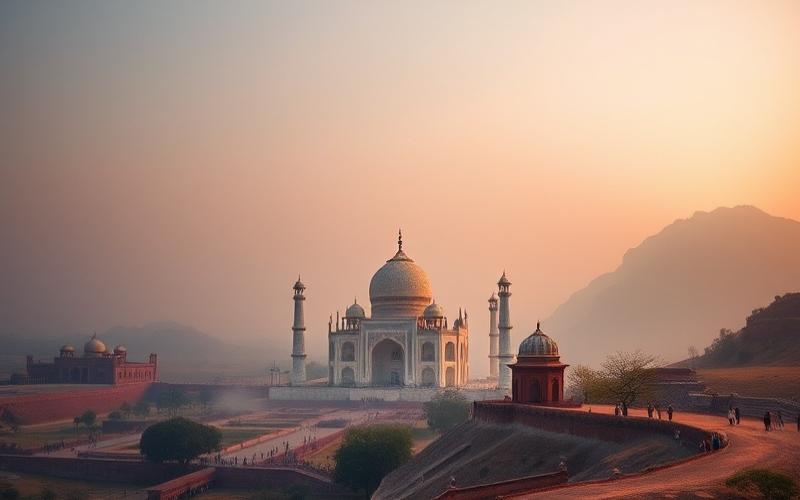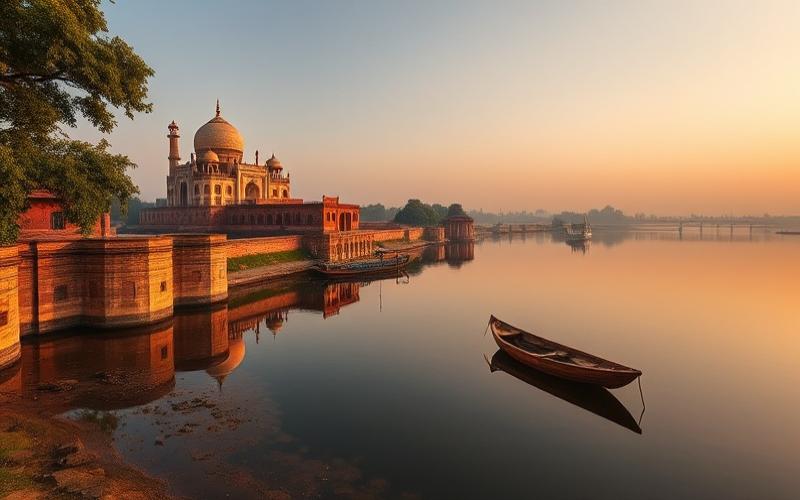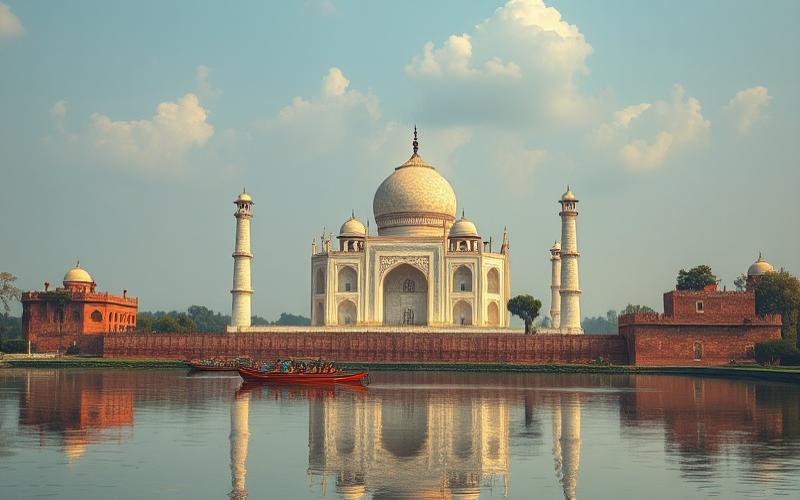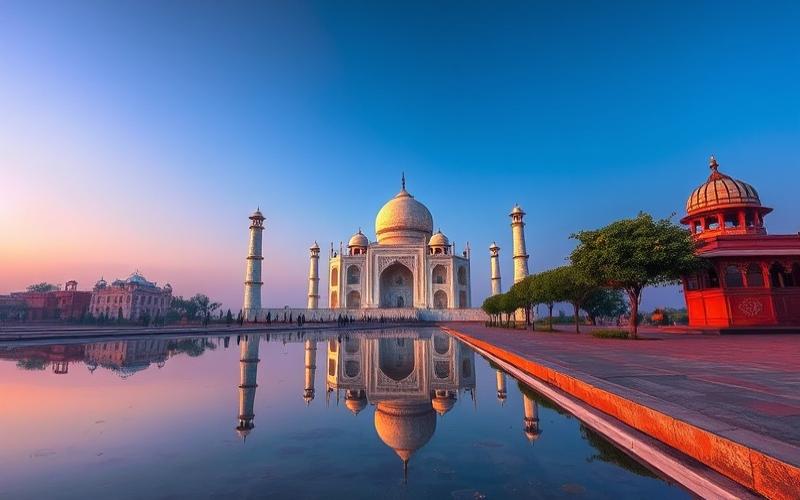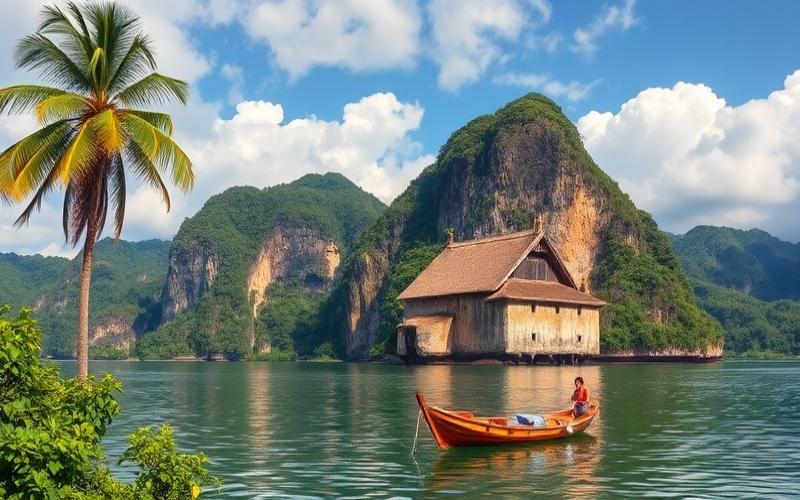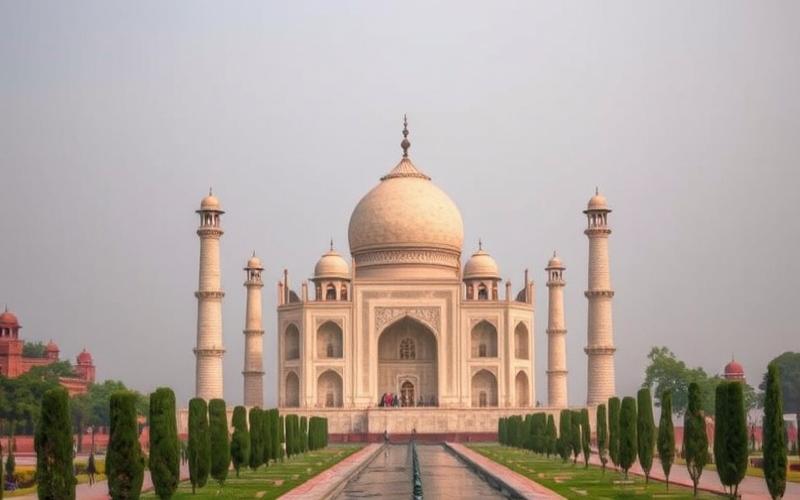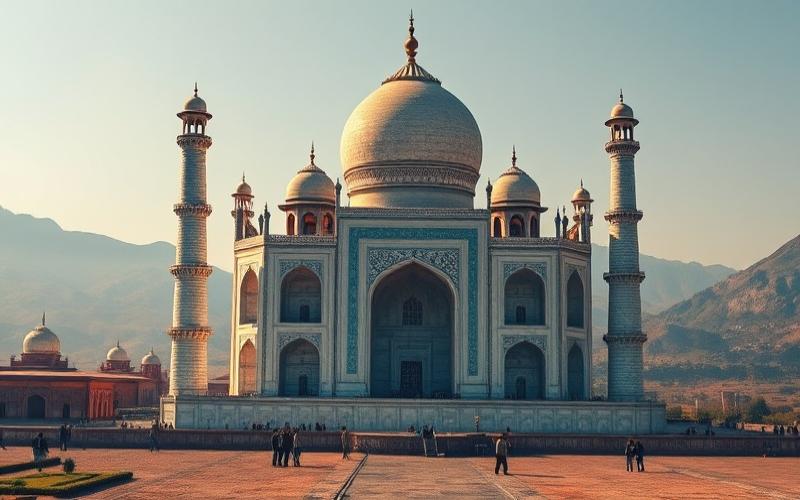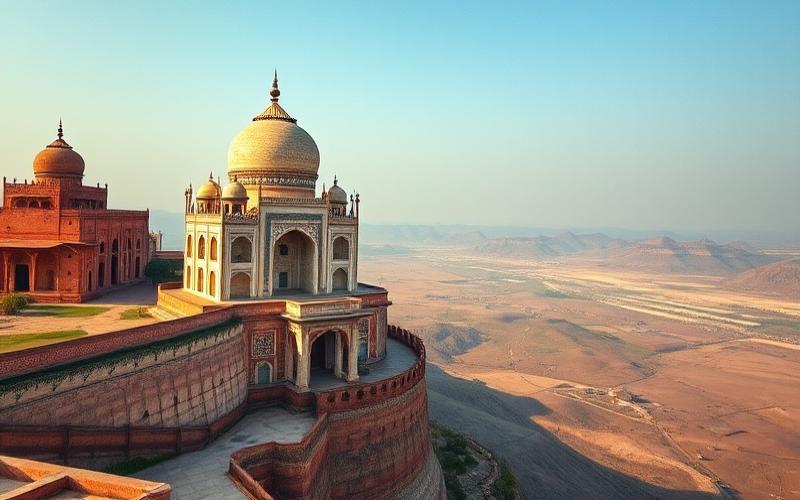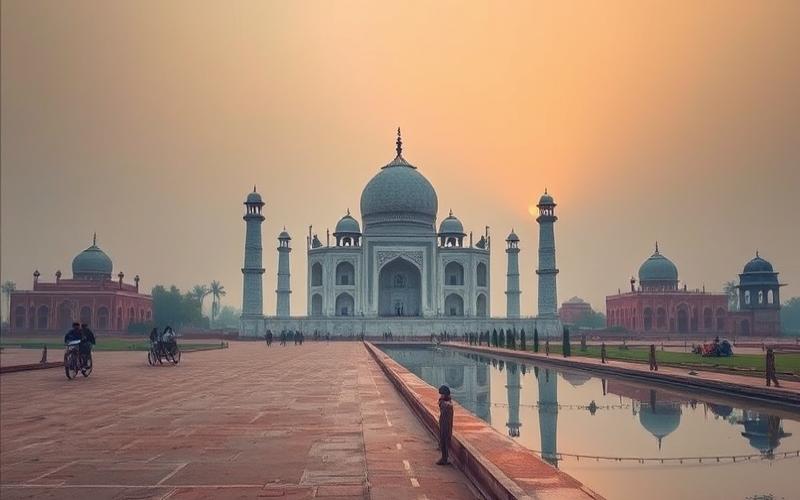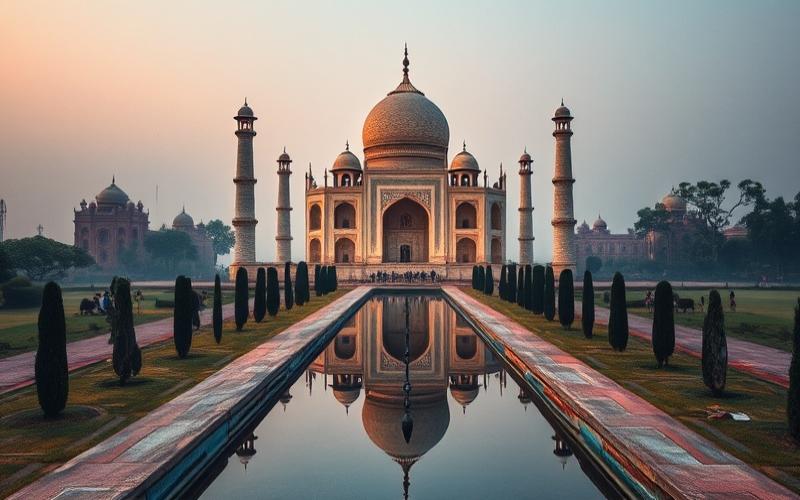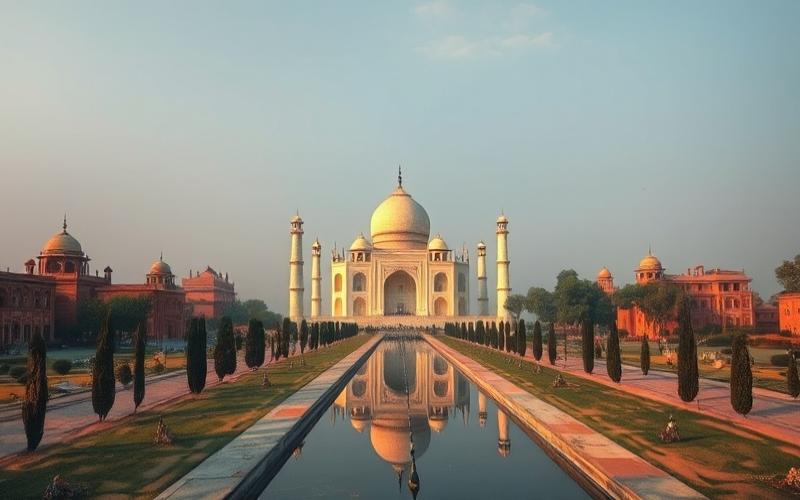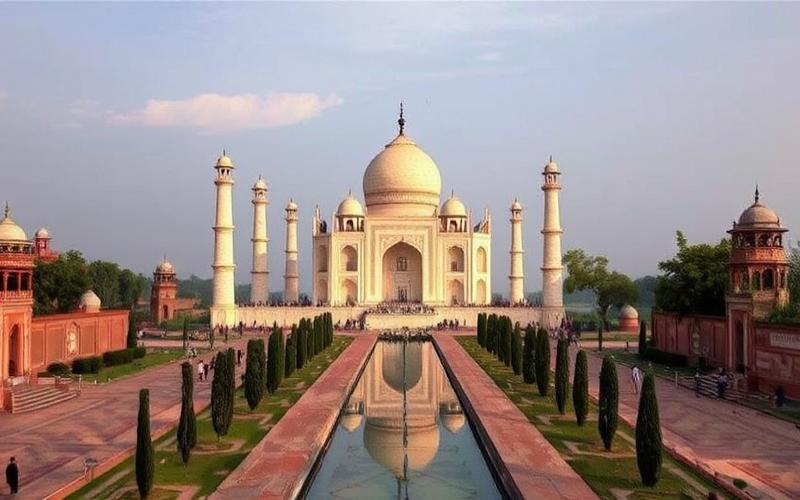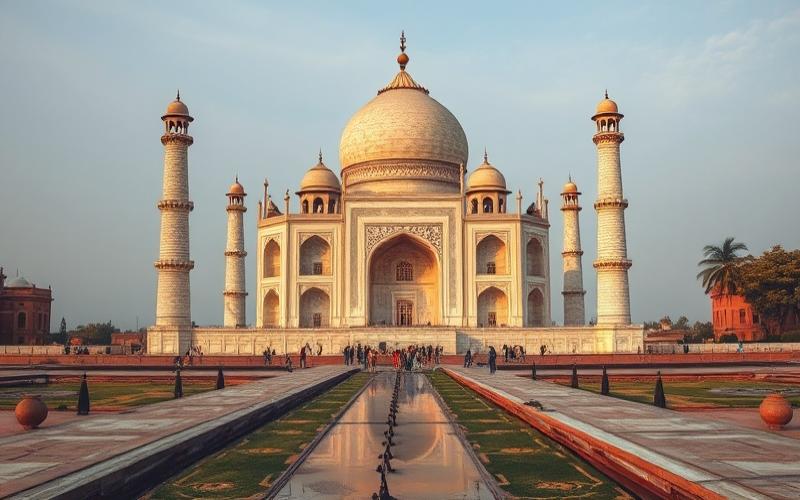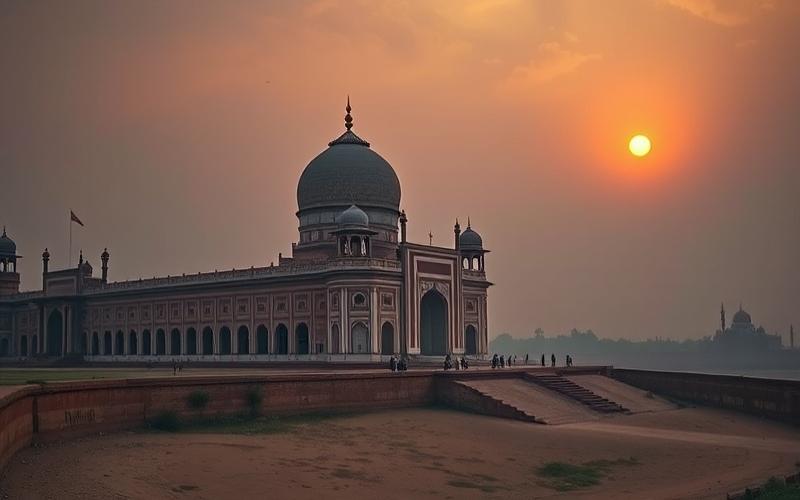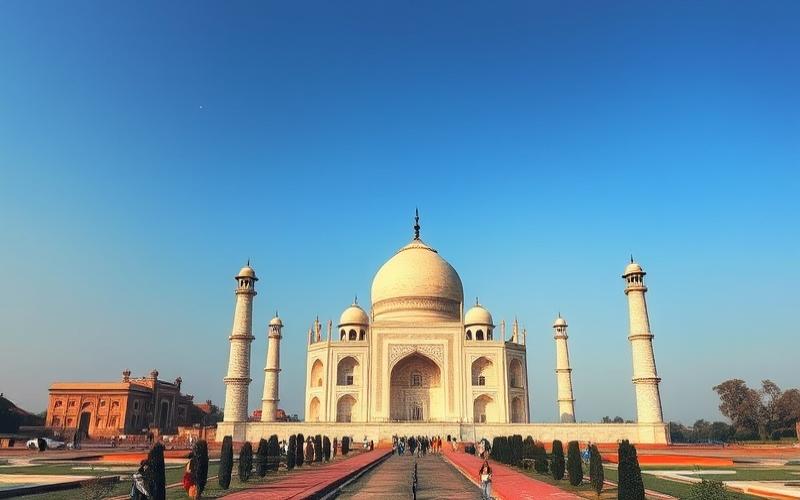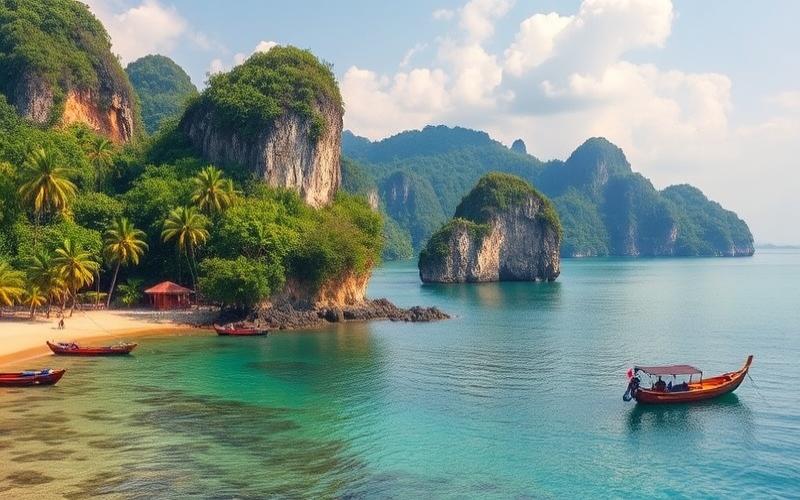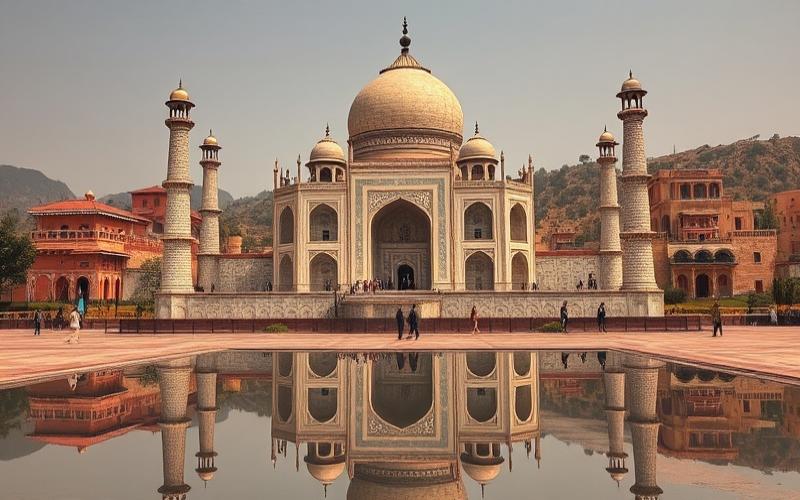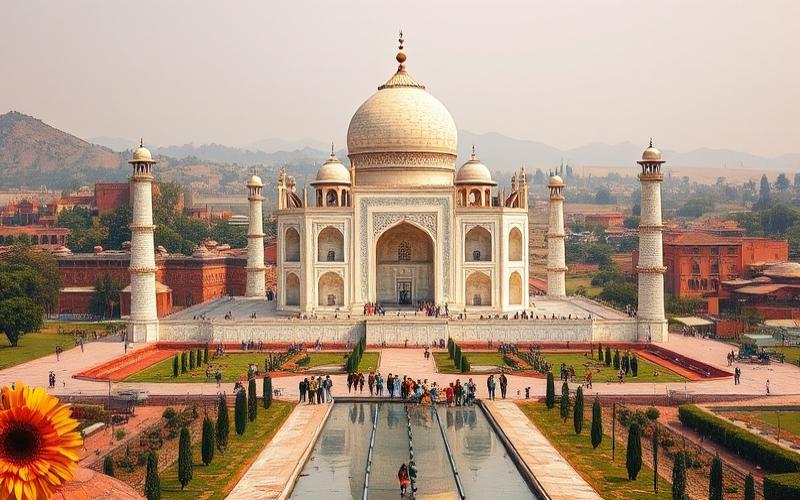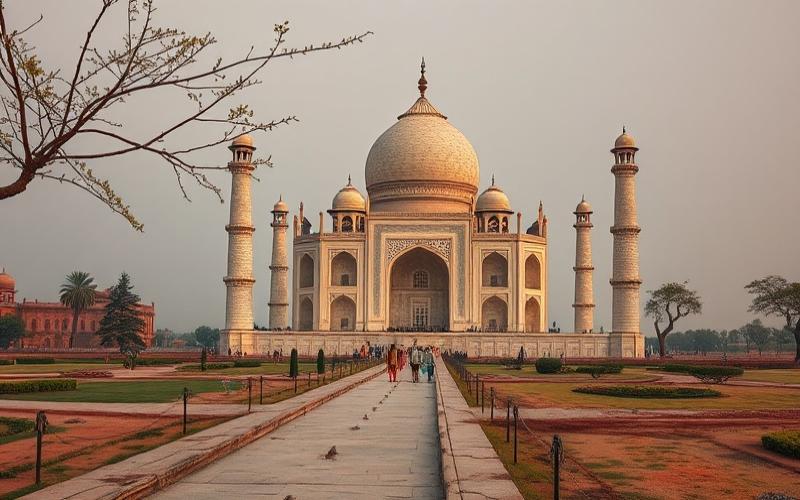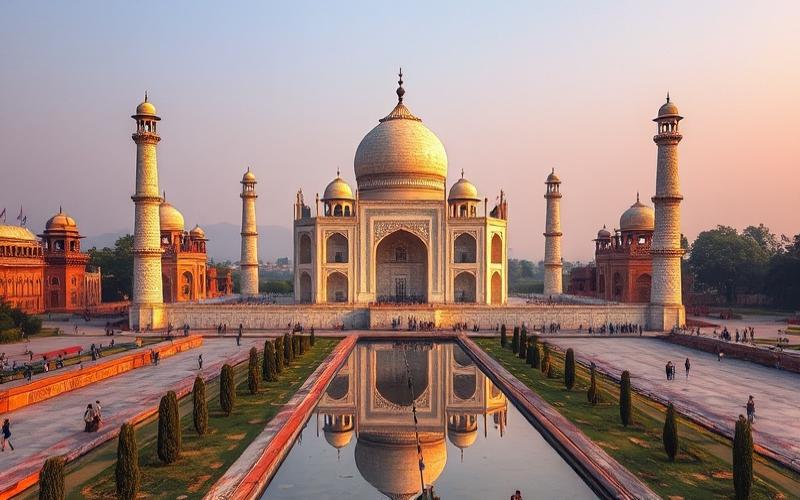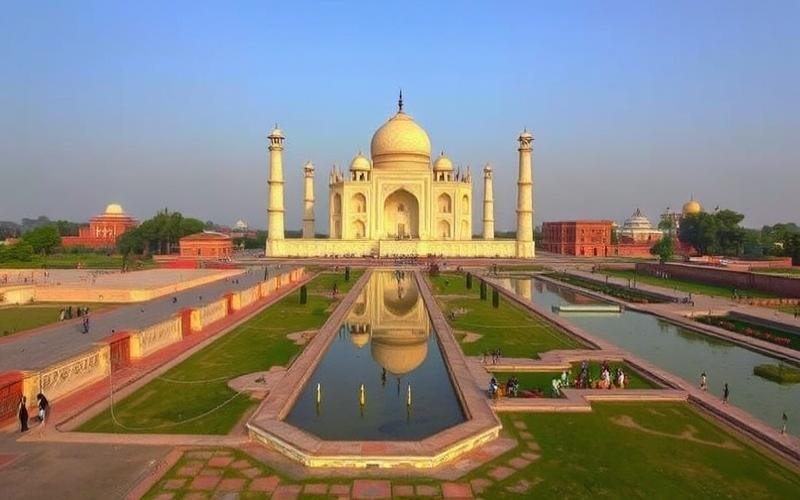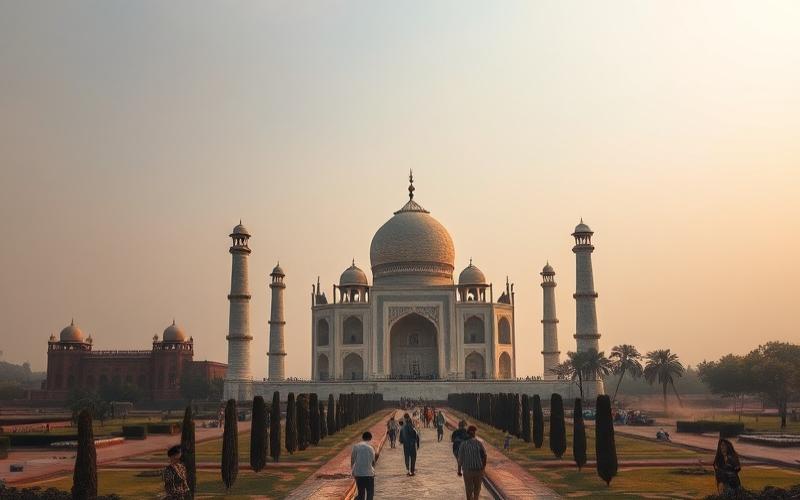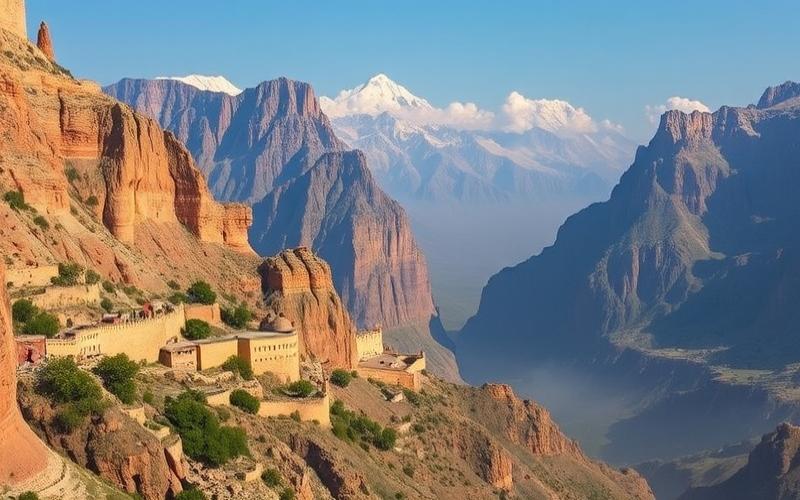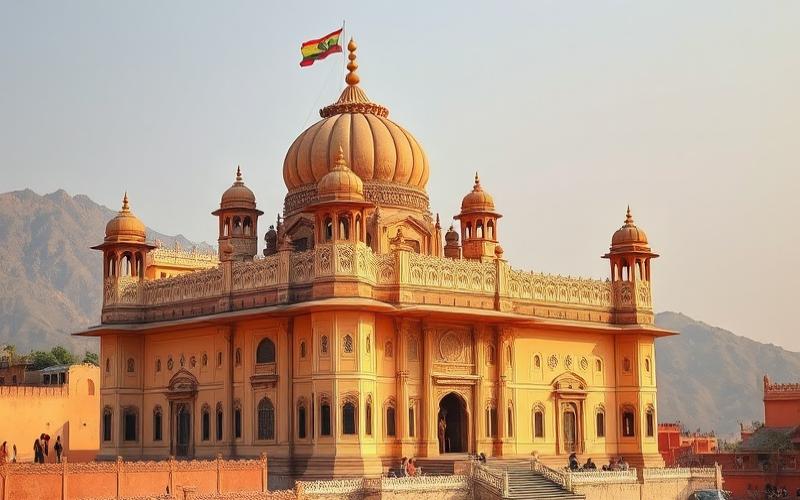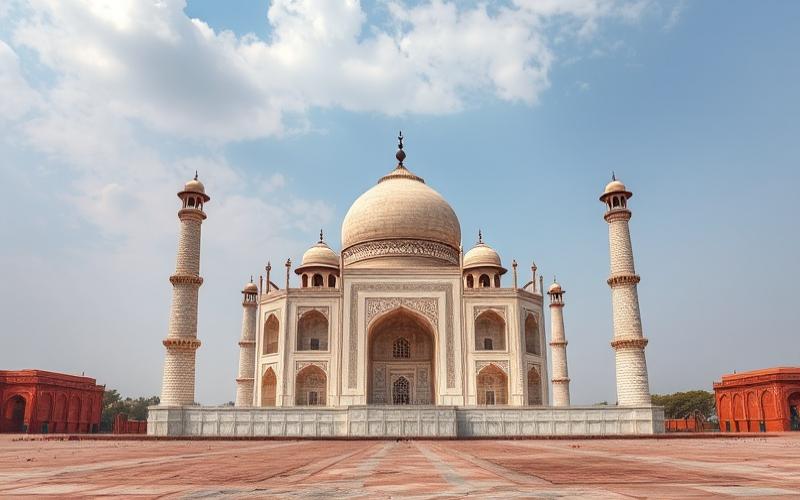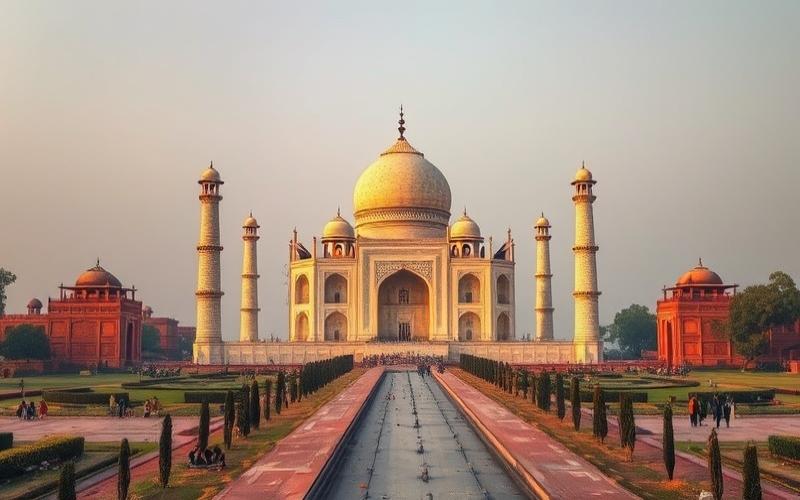
 Published on and written by Cyril Jarnias
Published on and written by Cyril Jarnias
India, a nation with rich and diverse cultural traditions, is increasingly investing in the development of its sports infrastructure to boost youth participation and enhance athlete performance on the international stage.
With a population exceeding one billion, the potential for significant sports development is immense, and clubs play a crucial role in this growth.
Far from being limited to cricket, which remains a true national passion, India is seeing the emergence of other disciplines such as soccer, badminton, and field hockey, supported by government and private initiatives to modernize facilities and host world-renowned events.
In this article, we will explore how the evolution of sports infrastructure and growing support for local clubs are gradually transforming India’s sports landscape, thereby inspiring a new generation of promising athletes.
Sports Infrastructure in India
Sports infrastructure in India plays a central role in the development and promotion of sports at national and international levels. Major stadiums such as Jawaharlal Nehru Stadium in New Delhi, Salt Lake Stadium in Kolkata, and DY Patil Stadium in Navi Mumbai are among the country’s most iconic.
| Stadium | City | Capacity | Main Sports | Major Events |
|---|---|---|---|---|
| Jawaharlal Nehru | New Delhi | ~60,000 | Soccer, Athletics | Asian Games, International Tournaments |
| Salt Lake (Yuva Bharati) | Kolkata | ~85,000 | Soccer | FIFA U-17 World Cup, International Matches including Argentina vs Venezuela |
| DY Patil | Navi Mumbai | ~51,000 | Cricket, Soccer | IPL Cricket, ISL Soccer |
These facilities regularly host international competitions such as the FIFA U-17 World Cup and high-level friendly matches. They are also the nerve centers for national leagues like the Indian Premier League (IPL) for cricket and the Indian Super League (ISL) for soccer.
Key Recent Investments and Modernization:
- Construction of new modern sports complexes in several major cities.
- Renovation of existing facilities with special attention to international standards.
- Launch of government programs aimed at promoting sports access through grants dedicated to urban and rural infrastructure.
Government Efforts:
- Initiatives such as “Khelo India” aimed at strengthening the sports foundation from primary school.
- Tax incentives for companies investing in public sports facilities.
Statistics on Sports Facility Availability:
| Area | Access Rate (%) |
|---|---|
| Urban | High (>70%) |
| Rural | Low (<30%) |
Despite accelerated development over the past two decades and a clear political will, the major challenge remains equitable access to sports facilities across the Indian territory, an essential condition for sustainably democratizing national sports practice.
Pursuing a balanced strategy between ambitious urban construction and targeted support for the rural world will be crucial to ensuring inclusive sports growth throughout India.
Good to Know:
India has several major sports infrastructures, such as the Jawaharlal Nehru Stadium in New Delhi, known for its multi-sport events, the Salt Lake Stadium in Kolkata, once the largest stadium in Asia, and the DY Patil Stadium in Navi Mumbai, often used for cricket and soccer. These structures facilitate hosting national and international events, thereby strengthening sports practice in the country. Recently, India has made significant progress thanks to targeted government investments in modernizing sports facilities, as part of programs like “Khelo India” to encourage youth participation. However, despite notable improvement in urban areas, a persistent challenge lies in the balanced development of sports infrastructure in rural areas, where access remains limited. This impacts sports engagement at the national level and underscores the need for inclusive expansion plans to ensure all citizens benefit from sports resources.
Popular Sports Clubs Across the Country
Iconic Sports Clubs in India and Their Impact
Key Iconic Sports Clubs and Their History
| Club | City | Main Sport | Foundation Date | Key Facts and History |
|---|---|---|---|---|
| Mohun Bagan | Kolkata | Soccer | 1889 | One of Asia’s oldest and most decorated soccer clubs. First Indian team to defeat a British club in 1911. |
| East Bengal | Kolkata | Soccer | 1920 | Major rival of Mohun Bagan, has trained many Indian internationals. |
| Mumbai Indians | Mumbai | Cricket | 2008 | Flagship franchise of the Indian Premier League (IPL), multiple championship titles. |
| JCT Mills FC | Phagwara | Soccer | 1971 (dissolved 2011) | Trained major players like Sunil Chhetri, won the National Football League. |
| Chennai Super Kings | Chennai | Cricket | 2008 | Multiple IPL titles, large fan base. |
| Punjab Hockey Club | Punjab | Field Hockey | 1920s | Cradle of many internationals, supported hockey since the colonial era. |
| Prakash Padukone Badminton Academy | Bangalore | Badminton | 1994 | Elite center that trained international champions like P. V. Sindhu and Saina Nehwal. |
Flagship Sports and Contributions to Sports Development
- Cricket: Clubs like Mumbai Indians and Chennai Super Kings revolutionized cricket through the IPL, attracting massive investments, professionalizing club management, and popularizing the sport nationwide.
- Soccer: Mohun Bagan, East Bengal, and JCT Mills FC have been pillars of Indian soccer, developing soccer culture in the East and North of the country, inspiring generations of fans and young players.
- Field Hockey: Clubs in Punjab and other Northern regions dominated national hockey, contributing to India’s many Olympic successes.
- Badminton: Academies like Prakash Padukone’s have enabled the emergence of world-class talents, strengthening India’s presence on the international stage.
Impact on Local Communities and Sports Culture
- Historic clubs like Mohun Bagan and East Bengal are identity symbols for Kolkata residents, structuring social life and regional pride.
- IPL cricket franchises, through their professional model, have boosted the local economy (jobs, tourism, media) and inspired youth.
- Badminton and hockey training centers serve as social springboards, offering educational and sports opportunities to youth from modest backgrounds.
- Matches and tournaments organized by these clubs gather thousands of fans, strengthening social cohesion and sports passion.
National and International Successes
- Cricket: Mumbai Indians and Chennai Super Kings have repeatedly won the IPL, the world’s most lucrative cricket competition.
- Soccer: Mohun Bagan won the I-League and Federation Cup, and was a pioneer by winning the IFA Cup against the British.
- Field Hockey: Punjab clubs provided the majority of players for the national team, which won 8 Olympic titles between 1928 and 1980.
- Badminton: Academies have produced Olympic medalists and world champions.
Role in Nurturing Young Talent
- Establishment of sports academies and specialized training centers.
- Organization of youth tournaments, talent scouting, and academic support.
- Guidance by former players and international coaches.
Infrastructure and Contribution to Sports Excellence
| Club/Academy | Main Infrastructure | Impact on Sports Excellence |
|---|---|---|
| Mumbai Indians / Chennai Super Kings | World-class stadiums (Wankhede, Chepauk), training centers, state-of-the-art equipment | Enable high-level preparation and hosting of major competitions. |
| Mohun Bagan / East Bengal | Historic stadiums (Salt Lake Stadium), training grounds | Youth development, hosting major regional and national tournaments. |
| Punjab Hockey Clubs | Synthetic fields, performance centers | Maintain India’s dominance in field hockey. |
| Prakash Padukone Academy | Specialized halls, cutting-edge equipment | Production of world champions, technical and physical training. |
Summary of Sports Clubs’ Contributions in India
- Development of modern sports infrastructure accessible at all levels.
- Identification and training of young talents from diverse backgrounds.
- Promotion of sports culture and regional identity, generating passion and community engagement.
- National and international successes contributing to India’s sports prestige.
India’s iconic sports clubs embody tradition, innovation, and excellence, while serving as social and cultural pillars in Indian society.
Good to Know:
In India, several sports clubs stand out for their influence and contribution to sports development, such as the Marylebone Cricket Club (MCC) in Mumbai, Mohun Bagan AC, renowned in soccer, and Punjab Warriors, famous in field hockey. The MCC, for example, actively participated in the rise of cricket, the revered national sport, by organizing prestigious tournaments and supporting emerging talents. Mohun Bagan, with its history dating back to 1889, is one of the country’s oldest soccer clubs and made history with its memorable 1911 victory against the British. These clubs, thanks to their modern infrastructure including stadiums and training centers, support youth talent development and have achieved both national and international success, encouraging Indian sports culture. Community initiatives and youth programs, often hosted in such facilities, promote broad participation and sustain interest in sports at all levels.
Expatriate Engagement in Indian Sports
The expatriate community in India, although a minority in proportion to the total population, is particularly present in major metropolises like Mumbai, Delhi, Bangalore, or Hyderabad. This growing presence, fueled by economic globalization and the rise of multinationals, has a potential impact on India’s sports landscape: expatriates contribute to diversifying sports practices, introducing new management styles, and opening up to international standards.
Main Sports Disciplines Where Expatriates Are Active or Influential:
- Cricket: The king of sports in India, cricket also attracts many expatriates, especially from the Commonwealth. Some private clubs or companies organize mixed tournaments where Indians and expatriates play side by side.
- Soccer: The rapid growth of the Indian Super League (ISL) has seen the arrival of foreign coaches, players, and technicians. European, African, or South American expatriates also participate in amateur and semi-professional leagues.
- Less Publicized Sports: Rugby, field hockey, or basketball benefit significantly from expatriate input, who sometimes find a space for sociability and integration less codified than in national sports.
Role of Clubs and Infrastructure in Expatriate Integration:
- Major Indian cities have private sports clubs (Delhi Gymkhana Club, Bombay Gymkhana, Bangalore Club) that regularly host expatriates among their members.
- Some multinational companies established in India set up internal sports leagues open to their Indian and foreign employees, thus fostering professional and social integration.
- The rise of international chains like Decathlon has enabled the development of modern infrastructure accessible to all, creating new shared spaces for sports practice.
Examples of Initiatives and Events Promoting Expatriate Engagement:
- Organization of inter-company sports tournaments where cultural diversity is encouraged.
- Creation of community leagues like the “Bangalore Expat Football League,” bringing together players from diverse backgrounds.
- Participation of expatriates in charitable sports events (races, marathons) aimed at funding local causes, strengthening their roots in Indian society.
Impacts on the Local Sports Scene:
- Introduction of new training and management methods from abroad.
- Increased visibility of certain “international” sports among young Indians.
- Strengthening of multicultural social networks around sports practice.
Challenges and Opportunities Faced by Expatriates in Indian Sports:
| Challenges Faced | Opportunities Created |
|---|---|
| Language and cultural barriers in some traditional clubs | Easier access to international private clubs |
| Difficulties related to legislation (e.g., impossibility for some expatriates to officially represent India) | Creation of leagues and events specific to expatriates |
| Uneven infrastructure levels depending on regions | Development of modern infrastructure through foreign investment |
| Sometimes highly ritualized or community-based sports practices | Diversification of practices and intercultural exchanges |
Testimonials and Anecdotes:
“Arriving in Bangalore, I was pleasantly surprised by the vitality of amateur soccer leagues. Playing every week with Indians, Brits, and Japanese allowed me to build connections beyond work. It’s also through sports that I discovered the local culture.” — Thomas, French expatriate.
“In my company in Mumbai, the annual cricket tournament is a real moment of sharing. We expatriates are always invited to form a team with our Indian colleagues, which facilitates our integration.” — Priya, British expatriate of Indian origin.
Summary of Observed Dynamics:
- Expatriates in India play a growing role in the evolution and internationalization of local sports.
- Their engagement fosters the emergence of hybrid sports practices and new spaces for sociability, while posing challenges of inclusion and institutional recognition.
Good to Know:
In India, the significant expatriate community contributes significantly to the local sports landscape, influencing disciplines like cricket, where some lead teams, and soccer, which is expanding rapidly. Expatriates integrate through sports clubs like the Bangalore Expat Club and modern infrastructure that foster cultural and sports exchanges. Events like the Mumbai Marathon, which attracts runners from all backgrounds, illustrate this engagement, bringing an international dynamic to these competitions. However, expatriates face challenges such as cultural and linguistic differences but also find opportunities in inclusive programs like “Sports for All” that encourage social and sports diversity. These initiatives have a positive impact, enriching the local sports scene with diverse styles and perspectives, and testify, as illustrated by the story of a German-origin soccer coach in Goa, to successful diversity and adaptation in a cosmopolitan setting.
Initiatives to Promote Physical Activities
Recent government programs to promote physical activities in India mainly include Khelo India and Khelo Bharat Niti 2025, which aim to transform the national sports ecosystem, strengthen infrastructure, and encourage youth participation in sports.
Khelo India
This flagship government program aims to revitalize sports culture from the local level by:
- Annual organization of competitions such as Youth Games (U17), University Games (U21), Winter Games, Para Games, and Beach Games.
- Early talent detection through national physical fitness assessments of over 23 lakh children.
- Financial support for identified young athletes (up to ₹5 lakh/year for eight years).
- Integration of sports into the school curriculum with infrastructure development in schools and regular physical fitness evaluation.
Khelo Bharat Niti – 2025
This new policy emphasizes:
- Strengthening sports programs from local to elite levels.
- Mechanisms for early talent identification.
- Active promotion of regional/national sports competitions and leagues.
Integration Efforts into the School Curriculum
- Systematic development of school playgrounds.
- Introduction of regular physical assessments via a dedicated mobile application.
| Initiative | Main Objective | Impact on Youth |
|---|---|---|
| Khelo India | Detect/Train talent, create infrastructure | Increased U17/U21 Participation |
| Khelo Bharat Niti | Systemic transformation of sports | Better Governance & Rural Access |
| School Games | Physical activities integrated into curriculum | Improved Health & Sportsmanship |
Examples of Private, Community, and Public-Private Partnership Initiatives
- Construction of accessible stadiums jointly funded by private companies (Reliance Foundation, Tata Trusts) and local municipalities; shared management ensuring affordable access for urban and rural populations.
- Joint organization of major sports events such as professional leagues or inter-school tournaments supported by partner companies (e.g., Indian Super League with Hero MotoCorp).
- Community programs managed by NGOs or local clubs offering free or subsidized training.
Awareness Campaigns Led by Influential Figures
- Athletes such as PV Sindhu or Virat Kohli regularly participate in national campaigns promoting an active lifestyle (Fit India Movement, educational videos).
- Sports ambassadors visit schools/communities to conduct workshops on physical well-being.
Role of Public-Private Partnerships in Promoting a Healthy Lifestyle
- Co-organization of flagship events enabling broad public mobilization around sports (national marathons sponsored by private companies).
All these initiatives contribute to better accessibility to infrastructure, encourage growing youth engagement in sports, while consolidating the idea that regular practice is essential for a healthy lifestyle.
Good to Know:
The Khelo India program is a recent government initiative that has significantly increased youth engagement in sports in India by integrating physical activities into the school curriculum and providing modern sports infrastructure. This program has not only revitalized interest in sports among youth but also fostered the development of sports talents from a young age. Private and community initiatives also develop low-cost infrastructure to make sports accessible to all, while influential sports figures, like cricket stars and Olympic medalists, lead awareness campaigns to promote an active lifestyle. Partnerships between the government and private sector have emerged to organize large-scale sports events, thereby strengthening sports culture and highlighting the importance of physical activity for a healthy life.
Disclaimer: The information provided on this website is for informational purposes only and does not constitute financial, legal, or professional advice. We encourage you to consult qualified experts before making any investment, real estate, or expatriation decisions. Although we strive to maintain up-to-date and accurate information, we do not guarantee the completeness, accuracy, or timeliness of the proposed content. As investment and expatriation involve risks, we disclaim any liability for potential losses or damages arising from the use of this site. Your use of this site confirms your acceptance of these terms and your understanding of the associated risks.

